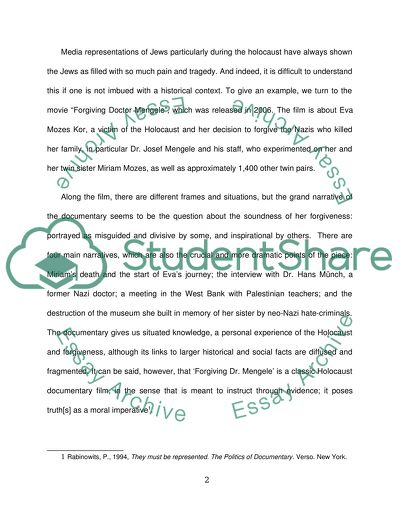Cite this document
(“Cultural Diversity in the Media Essay Example | Topics and Well Written Essays - 2250 words”, n.d.)
Retrieved from https://studentshare.org/journalism-communication/1435585-cultural-diversity-in-the-media
Retrieved from https://studentshare.org/journalism-communication/1435585-cultural-diversity-in-the-media
(Cultural Diversity in the Media Essay Example | Topics and Well Written Essays - 2250 Words)
https://studentshare.org/journalism-communication/1435585-cultural-diversity-in-the-media.
https://studentshare.org/journalism-communication/1435585-cultural-diversity-in-the-media.
“Cultural Diversity in the Media Essay Example | Topics and Well Written Essays - 2250 Words”, n.d. https://studentshare.org/journalism-communication/1435585-cultural-diversity-in-the-media.


